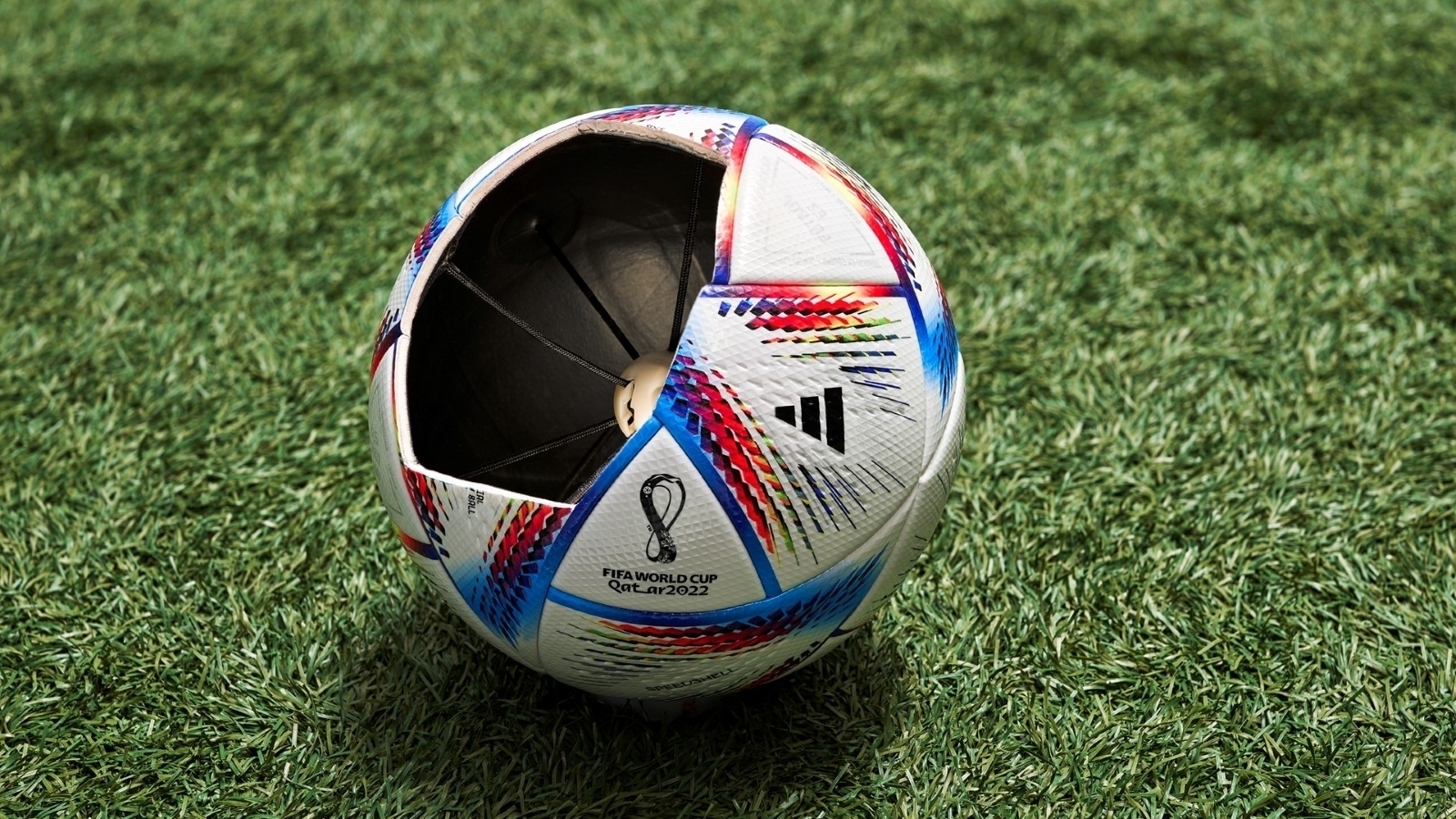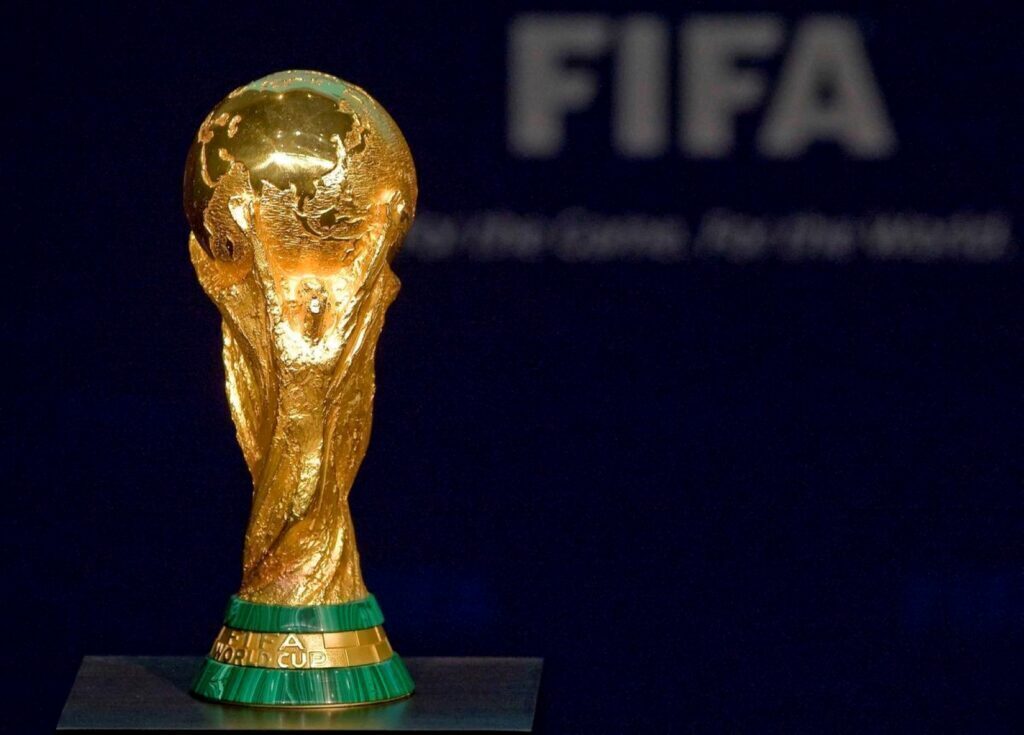Video assistant referee (VAR) technology has long been a topic of debate amongst football fans. Not including Liverpool fans – who for some reason, don’t seem to mind it. For every other team, it’s caused some game-changing decisions that are just blatantly incorrect. So that’s why FIFA has decided to make a few changes to VAR before the start of the Qatar World Cup, kicking off in November.
We’ll be treated to an upgraded version of VAR, known as semi-automated offside technology (SAOT). FIFA has also given the thumbs up to allow a new ball, kitted out with a motion sensor. These should help referees and officials make better and quicker decisions. The announcement came from FIFA directly, on Friday.
Sensoring balls on TV

VAR first debuted at the last World Cup, and it was far from perfect. But with the inclusion of SAOT and motion sensor balls, FIFA believe it will help the officials make quicker and more accurate decisions.
“VAR has already had a very positive impact on football and we can see that the number of major mistakes has already been dramatically reduced. We expect that semi-automated offside technology can take us a step further,” said FIFA Referees Committee chairman Pierluigi Collina.
Instead of a VAR decision occupying nearly a minute and a half, the new system should cut that down to 25 seconds. Before, VAR required humans to draw offside lines manually, and decide the kick point. FIFA says that SAOT will automatically detect the offside line and the kick point of the ball. It manages to do this by using 12 cameras, planted strategically around the stadium. These cameras are set to always track individual players, and of course, the ball. The cameras are able to identify 29 data points of a player, which are mapped to specific limbs on a player’s body.
Using this information, the referees will be able to make a more informed decision than they could before.
![]()
Read More: EA Sports FIFA is dead – Long live EA Sports FC
Once a decision has been reached during a match, fans will be shown a 3D animation of the decision. This way, those behind the technology can show their reasoning without starting a riot in the grounds.
FIFA haven’t just thrown the new SAOT into the deep end of the pool here. SAOT already made its debut at the Arab’s Cup last year. FIFA has now decided that the tech was good enough for the 2022 World Cup, and that’s where most of the world will get to see it in action. If SAOT is a success at the World Cup, we could start seeing it be adopted into other leagues around the world. Plenty of the big leagues already use standard VAR, so an upgrade would be welcome when the time comes. Except for Liverpool fans, probably.




